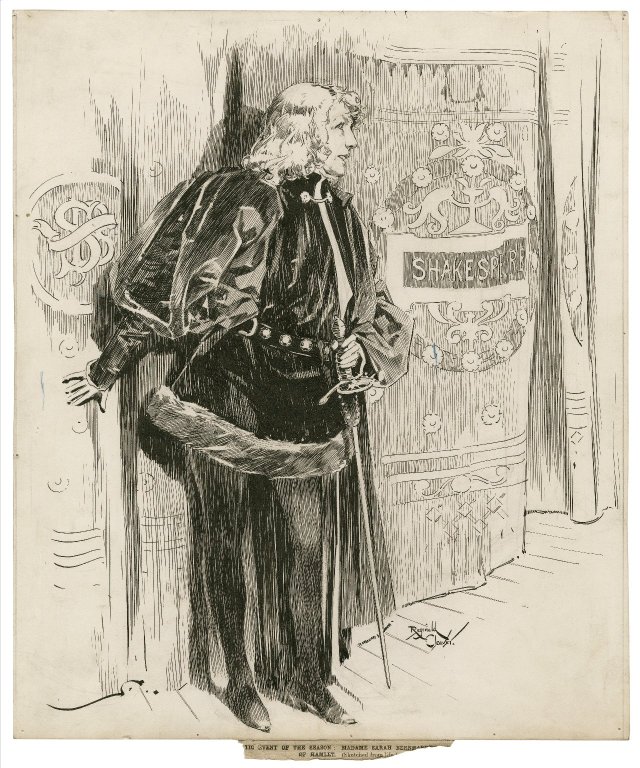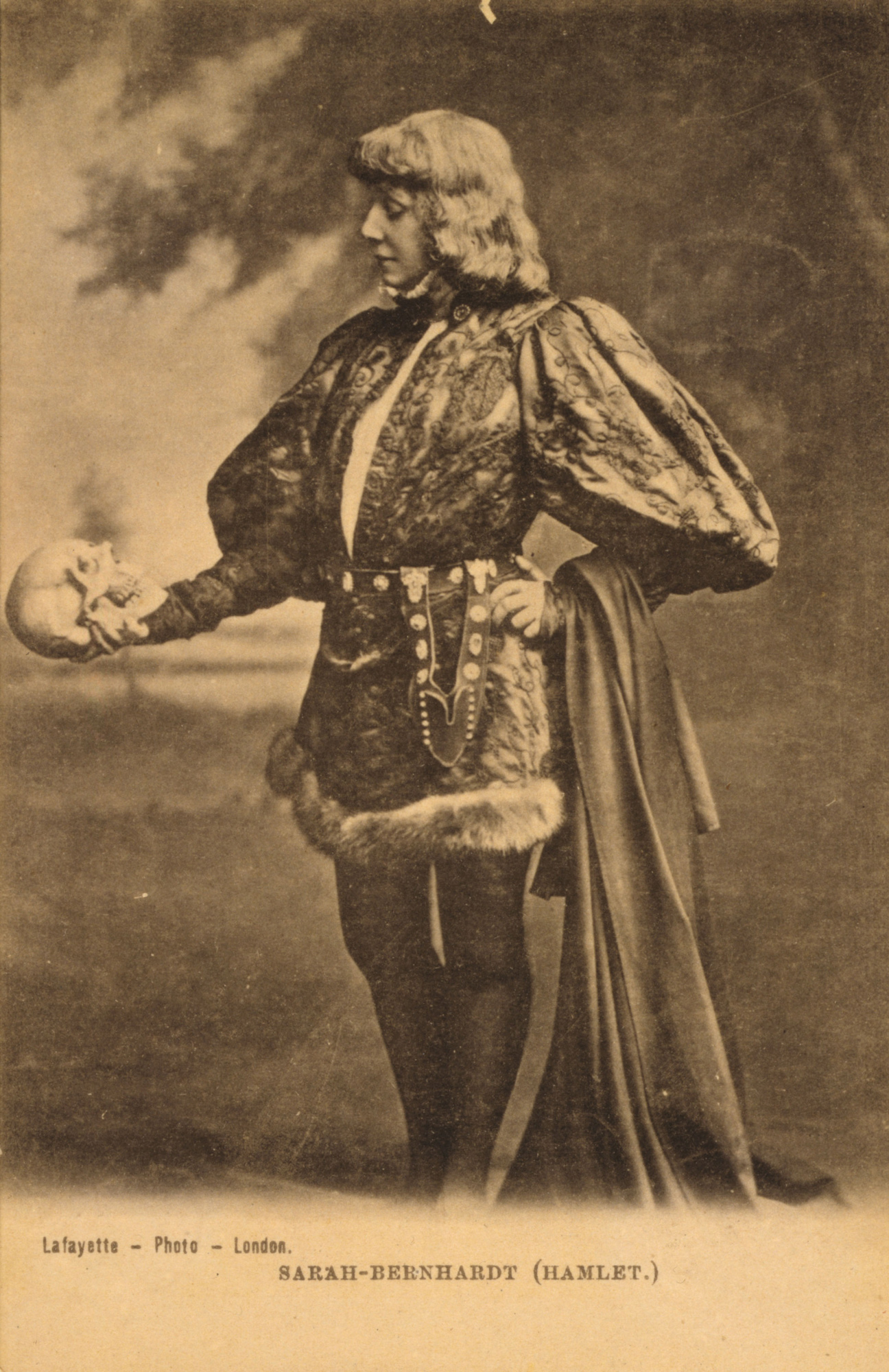Think on this as you ready your Halloween finery. Sometimes it’s not a case of winning a costume contest, or impressing your friends with your witty take on current events or pop culture.
Sometimes, masquerade is a thin line between life and death.
The CIA’s former Chief of Disguise, Jonna Mendez, rose up through the ranks, having signed on as receptionist shortly after her fiancé revealed—three days before the wedding—that he was actually an undercover agent.
As Chief of Disguise, her mission was to protect case officers in dangerous situations, as well as foreign sources who routinely put their lives at risk by meeting with American operatives.
Transforming their appearance was an additive proposition—while it’s difficult to make someone shorter, slimmer, or younger, it’s not difficult to render them taller, heavier, older…
In her experience, women are easily disguised as men. (She shared with The New York Times’ Matthew Rosenberg how she herself passed undetected in male mufti, thanks primarily to a lit cigar.)
Men have a tougher time passing as women. Fans of RuPaul’s Drag Race might take exception to this position, were it not for the assertion that blending in is key.
The goal is to be forgettable, not fabulous.
For Americans abroad, this poses certain cultural challenges.
Mendez stresses that disguise is much more than a simple facial transformation, involving makeup, false hair, and prosthetics.
It’s dress, carriage, gait, jewelry, scent…
The biggest American giveaway is our shoes. An Italian civilian can peg ‘em with one swift glance.
Passing requires further behavioral modifications in the realms of table manners, gait, and even hanging out. (Europeans distribute their weight evenly, whereas Americans lean.)
To fly beneath the radar, the disguised operative must shoot to transform every aspect of their appearance. Imagine a survey wherein the participant recalls every physical aspect of someone they’ve just encountered. The goal is to nudge that participant into answering every question incorrectly.
What color are your eyes? Your hair? How much do you weigh? How tall are you? How old? How would you describe your nose? Your voice? Your clothing?
Change it.
Change it all.
You can do so by low tech methods, using whatever is on hand. Mendez once maneuvered an agent out of a tight spot on the Sub-Continent, by improvising a quick change with Dr. Scholl’s powder and cosmetics collected from local CIA wives.
She credits her own second husband, CIA “master of disguise” Tony Mendez (the inspiration for Ben Affleck’s character in Argo) with many trade secrets she put into regular practice: dental facades, speech-altering artificial palettes, prosthetics…
At the high end is the mask she wore to brief former CIA Chief, President George HW Bush, on developments within the disguise program. The President was none the wiser.
Meanwhile, a masked American agent chucked his mask under a Moscow rock when danger compelled him to scupper his mission midway through. That mask now resides in the KGB museum where Mendez cannot visit it.
Check out the Mendezes’ book Spydust for more information on their adventures in the field.
Related Content:
Ayun Halliday is an author, illustrator, theater maker and Chief Primatologist of the East Village Inky zine. Join her in NYC on Monday, November 12 for another monthly installment of her book-based variety show, Necromancers of the Public Domain. Follow her @AyunHalliday.




